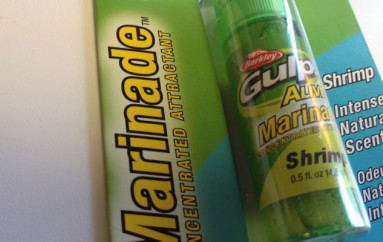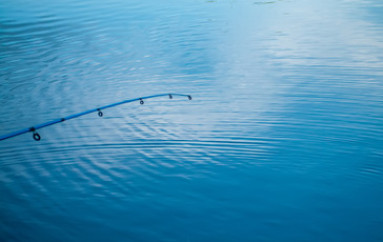
Video and Radar! Bug Hatches
Originally Published on May 24, 2012 “From the Dock” NBC Sports
Occasionally, nature provides spectacles so incredible, you simply must stop and stare. Examples? The spring snow goose migration. At times the flocks are so large they black out the sky. Another? Massive schools of porpoises, at times covering acres of Pacific Ocean (often with yellowfin tuna beneath of them!).
But a memorable bug hatch?
I fish with a fly rod, but I am not a fly angler. My shop is filled not with the pelts of dead critters and birds but jigs and cranks, nor do I know the difference between dun and midge. In fact, in the warm-water world in which I typically live, a “bug hatch” is not viewed as a good thing. Instead of stimulating fish into biting (as with trout), it often shuts species like walleyes and perch down.
In many of the places the term “lake fly” is used to describe a bug that looks like a huge mosquito that doesn’t bite. Actually, the name is used a lot of places to identify well over 10,000 different-but-similar bugs, and yes local names like “muffleheads,” “blind mosquitoes” and “chizzywinks” are used in place of the general lake fly. Scientist call them Chironomidae.
When an ecosystem is healthy, hatches of lake flies can be massive. In fact, in May of 2009, there was a hatch on Wisconsin’s Lake Winnebago that was so large it showed up on the radar screens at the Green Bay Airport.
Minnesota’s Mille Lacs Lake is very similar to Winnebago in that both waters are very large, relatively shallow, and feature vast areas of mud, making them particularly good breeding grounds for lake flies. The Mississippi and other rivers also play host to big hatches.
I have heard stories of lake fly hatches so large that plows were called out to clear roads of bug carcasses, and of building virtually invisible because they are so covered with bugs.
So what does a hatch look like? Here’s a video clip I shot last week while driving around the north end of Mille Lacs. The tornado you see is not a weather event, but millions of bugs that seconds after the video was shot, ended up dead on the windshield of my truck!
The larvae form of the lake fly provides a superb source of food for a variety of fish species, while the adults feed various birds and bats. I firmly below the one reason live leeches work so well as bait, it they are the perfect imitators of larvae lake flies.
Enjoy the video; I need to go wash my truck!—Steve




